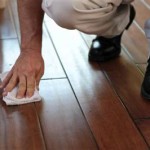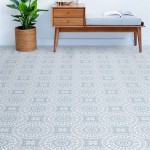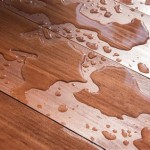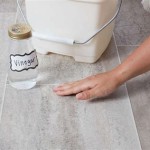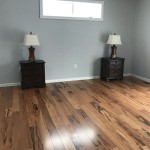Having gaps in hardwood floor is not uncommon. Over time, the hardwood flooring expands and contracts due to fluctuations in temperature and humidity, which can cause gaps to form between the boards. While this is perfectly natural and even expected, it can be unsightly and can cause problems in the long run. So what can you do to fix the gaps in your hardwood floor? Read on to find out.
1. First, Identify the Cause of the Gaps
Before you can start to address the gaps in your hardwood floor, you need to identify the cause of the gaps. Gaps can be caused by a variety of factors, including changes in temperature and humidity, improper installation, or even moisture damage. Once you have identified the cause, you can begin to work on a solution.
2. Fill in the Gaps with Wood Putty or Caulk
Once you have identified the cause of the gaps, the next step is to fill them in with a suitable material. Wood putty or caulking are both effective solutions for filling in gaps in hardwood floor. Simply apply the putty or caulk to the gap and allow it to dry. Make sure to choose a product that is suitable for use on hardwood floors.
3. Use a Humidifier in Dry Weather
If the gaps in your hardwood floor are caused by dry air, you can use a humidifier to remedy the issue. A humidifier will add moisture to the air, which will help to reduce the gaps in your hardwood floor. Make sure to keep the humidity levels in your home between 40-50%, as this is the ideal range for hardwood floors.
4. Use a Dehumidifier in Wet Weather
Conversely, if the gaps in your hardwood floor are caused by too much moisture in the air, you can use a dehumidifier to reduce the moisture levels in your home. Dehumidifiers are highly effective at reducing humidity levels, which can help to reduce the gaps in your hardwood floor. Make sure to keep the humidity levels in your home between 30-40%, as this is the ideal range for hardwood floors.
5. Reinforce the Floorboards
If the gaps in your hardwood floor are caused by insufficient support, you may need to reinforce the floorboards. This can be done by adding additional boards to the floor, or by installing a subfloor beneath the hardwood floor. This will provide additional support and help to reduce the gaps in the floor.
6. Consider Replacing the Floor
If the gaps in your hardwood floor are too severe, you may need to consider replacing the floor. This is often the most effective solution for dealing with large gaps in hardwood floor, as it will ensure that the problem is solved for good. It may also be necessary if the gaps are caused by water damage, as replacing the floor may be the only way to prevent further damage.
7. Call a Professional
If you’re unsure of how to deal with the gaps in your hardwood floor, or if you’re concerned that the problem may be more serious than you think, it’s best to call a professional. A professional flooring contractor will be able to assess the situation and advise you on the best course of action.
Gaps in hardwood floor can be unsightly, but they are often easily remedied. By following these steps, you can ensure that your hardwood floor looks as good as new. Whether you choose to fill in the gaps yourself or call a professional, you can rest assured that your hardwood floor will be back in top condition in no time.






:max_bytes(150000):strip_icc()/Wood-Floor-With-Gaps-Between-Boards-1500-x-1000-56a49eb25f9b58b7d0d7df8d.jpg)








Related Posts


